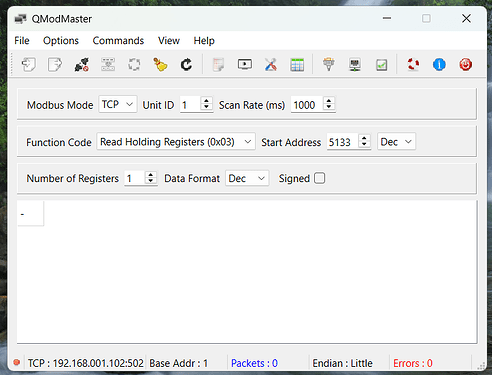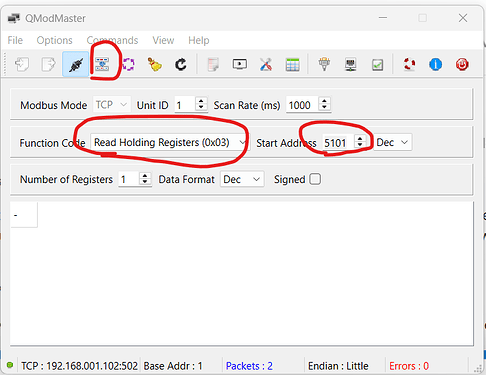Hi all,
I have a Victron installation with a Multiplus II 5000, 3 MPPTs, a 48V ~15kWh battery, and 5000WP solar panels. Our goal is to keep the grid at 0W import/export across our 3P grid connection, and overall, this works quite well. I’m really happy with my choice for Victron.
Recently, I added an NS EV charger (along with an EV ;)), expecting to be able to charge my car directly from excess solar power. However, I ran into an issue:
- The EV charger is connected 3P, and the minimum charging current appears to be 3x6A = 18A = 4140W (230V).
- This is more than my Multiplus can supply (since it’s behind a 16A MCB) and more than I typically generate with solar.
- When I bought the charger, I expected it could charge at 6A on 1P, but now I realize that would require rewiring it to 1P, which I’d rather avoid since I want to keep the option for faster charging.
- I also do not want to charge the car from the battery , as this should not be necessary. The car can stay connected to the charger for multiple days since it is not used daily, and I want to prevent unnecessary wear on the battery .
My question:
Is there any way to make the charger use less power dynamically without rewiring it to 1P? Perhaps a setting I missed or an alternative approach to better integrate it with my system?
Thanks in advance for any insights!
















